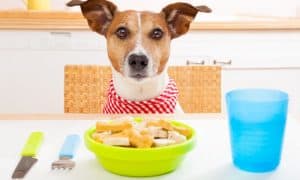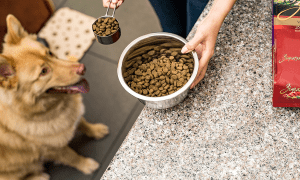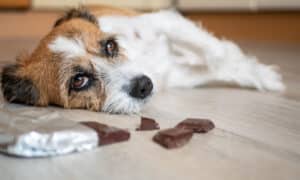“This post contains affiliate links, and I will be compensated if you make a purchase after clicking on my links.”
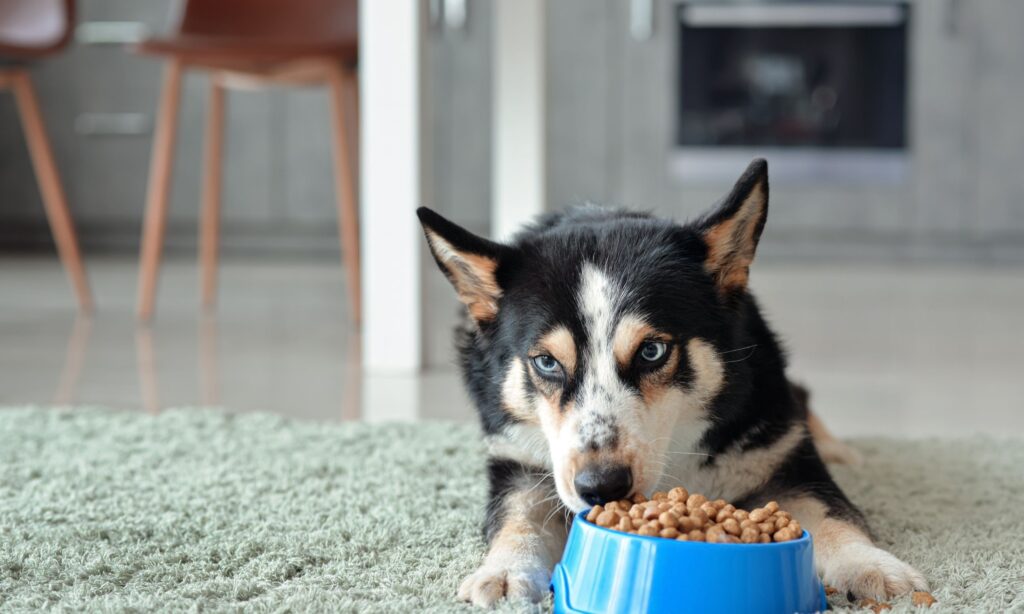
A study published by the journal PLOS ONE found out that without proper handling, your pet’s food bowls can be a breeding ground for a wide range of germs and bacteria affecting both humans and animals.
Feeding hygiene on pets could impact virus spillover— diseases spreading from animals to humans.
According to Emily Luisana, coauthor of the study and small animal veterinary nutritionist, “We realized that, when it came to our own pets, we all had different pet food storage and hygiene practices. Once we realized that (FDA) recommendations were relatively unknown even among professionals, we wanted to see what other pet owners were doing.”
Significant decreases can be seen for households that follow the FDA’s food handling tips for both humans and pets. It includes washing hands for at least 20 seconds with soap and warm water before and after handling pet food; discarding uneaten food in a designated manner; washing dishes with soap and water hotter than 160 degrees Fahrenheit (71 C) for at least 30 seconds, drying thoroughly with a clean towel and storing dry pet food in its original bag.
The researchers found 4.7% of 417 surveyed dog owners were aware of the FDA’s pet food handling and dish hygiene guidelines — 43% of participants stored dog food within 5 feet (1.5 meters) of human food, 34% washed their hands after feeding and 33% prepared their dog food on prep surfaces intended for human use.
They also noted that some of the owners who participated in an eight-bowl day contamination experiment failed to wash their dog bowls even though they were aware of the FDA guidelines. “This shows that bringing awareness of the current recommendations is not sufficient in itself,” Luisana added.
For the vulnerable population, such as people who are immunocompromised, the authors believe that this study is particularly crucial.

